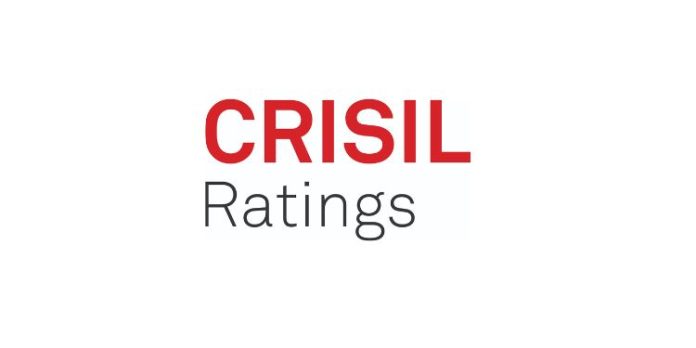As passenger volume rises, airports will see an increase in both aeronautical and non-aeronautical revenue
An expected increase of 10% in passenger traffic on the high base of fiscal 2024, combined with capital expenditure (capex)-linked tariff hikes and rising non-aeronautical revenue per passenger, will help grow the revenue of leading private airport operators by around 30% this fiscal.
The rising revenue will restore the cushion for debt servicing to around 1.4 times, taking it back to the level last seen before the Covid-19 pandemic. Airports had dipped into their cash reserve to service debt during this period.
A CRISIL Ratings study of 10 private airports that accounted for an estimated 60% of overall passenger traffic in fiscal 2024 indicates as much.
Ankit Hakhu, Director, CRISIL Ratings says, “Taking off from the strong base of last fiscal, passenger traffic growth will continue its momentum in fiscal 2025 and rise more than 10% to over 415 million. Continuing economic growth, opening of more airports and improving regional connectivity are providing the tailwinds necessary for domestic traffic growth. On the international side, growing business travel and easing visa requirements to countries such as Malaysia and Vietnam, reducing wait times for visa applications to western Europe1 and improving connectivity to western and Southeast Asia are significant positives.”
As passenger volume rises, airports will see an increase in both aeronautical and non-aeronautical revenue. Aeronautical sources include fees collected from passengers, airlines and cargo operators for use of infrastructure. Non-aeronautical sources include advertising, retail, lounge and duty-free shops. About two-thirds of the increase in the revenue of airports is expected to come from aeronautical sources (~45% growth on-year). This is because almost half the airports in the CRISIL Ratings study will clock a pre-determined increase in their aeronautical tariffs by 25% on average2.
Aeronautical tariffs are regulated and allow for cash flow required by airports to service the debt availed for aeronautical capex and a return on equity for the operator. Airports had undertaken significant expansion during the pandemic to more than double their capacity in anticipation of the current spurt in passenger volume. The current rise in aeronautical tariffs is compensating for these capacity expansions.
The remaining one-third of the revenue growth will be driven by non-aeronautical sources (~15% growth on-year). These have been increasing steadily, driven by rising passenger spends on retail and food and beverage, as well as real estate leasing and advertising.
Varun Marwaha, Associate Director, CRISIL Ratings says, “The recovery in the revenue growth trajectory — after three years of decline led by the pandemic— comes at the right time to support the increasing debt obligations of private airport operators arising from the significant expansion during the pandemic period. With the projected increase in revenue, the debt cover of operators is expected to recover to 1.4 times, a level last seen before the pandemic between fiscals 2018 and 2020.”








